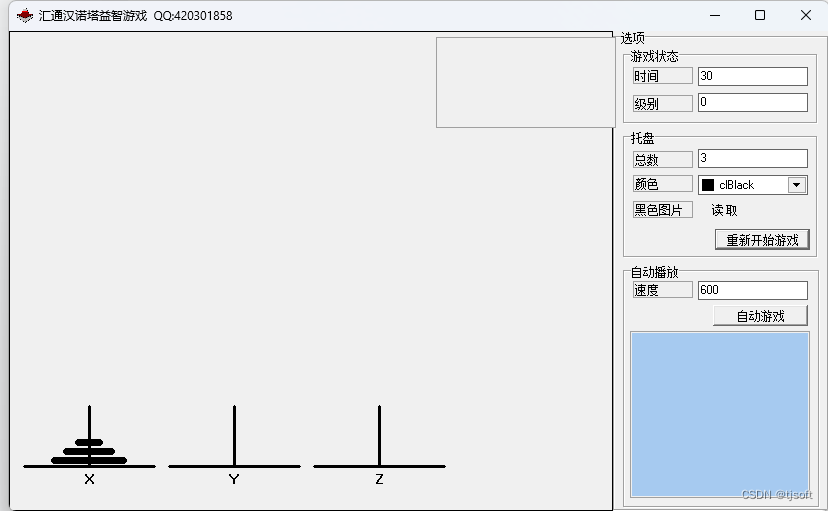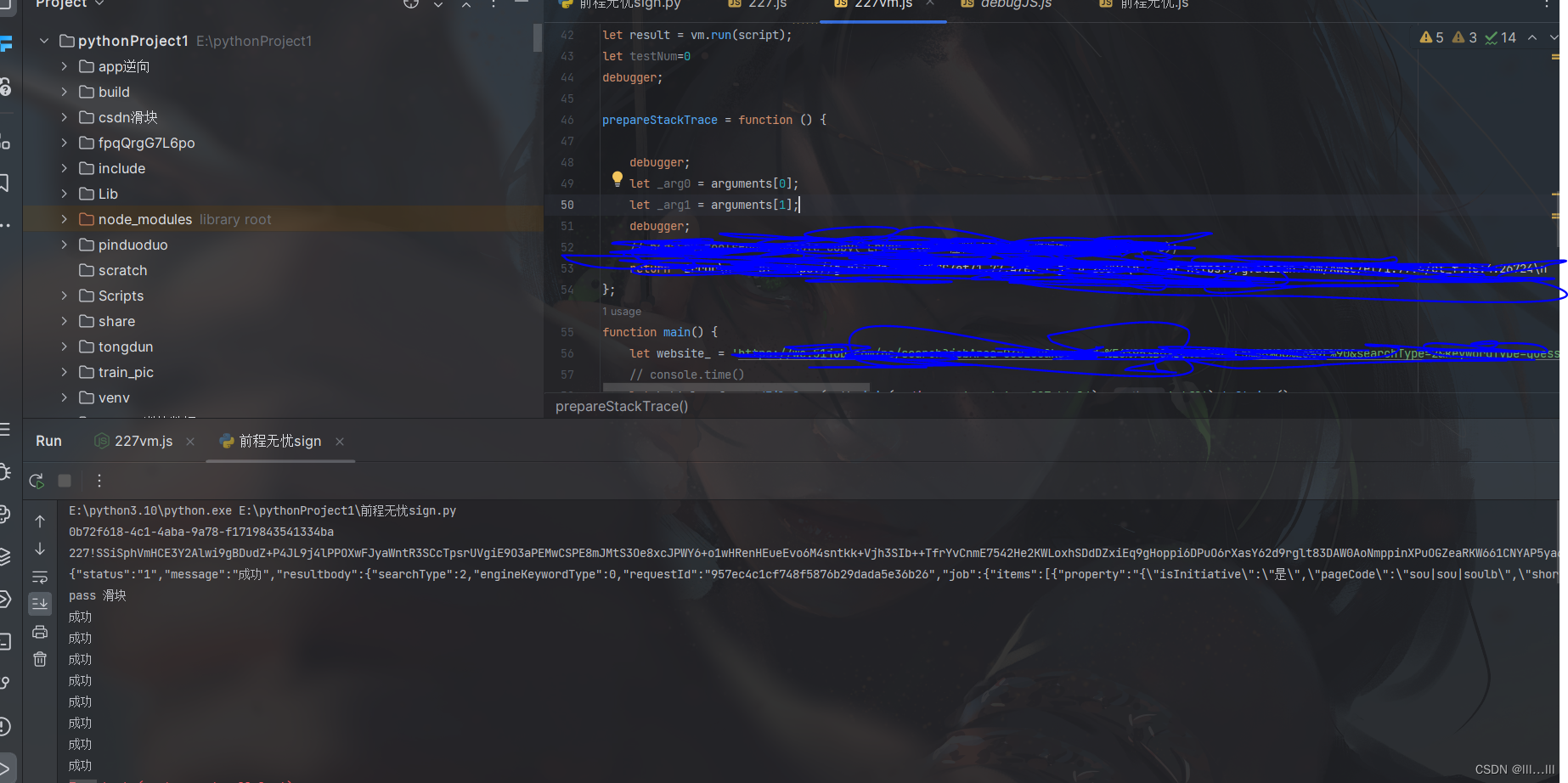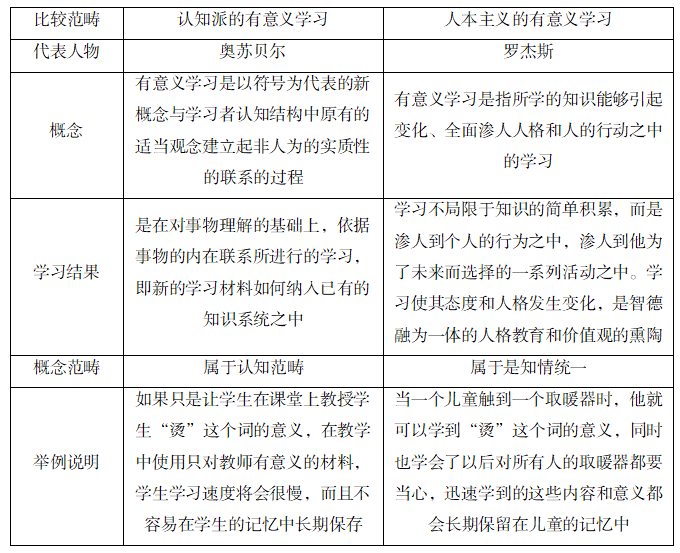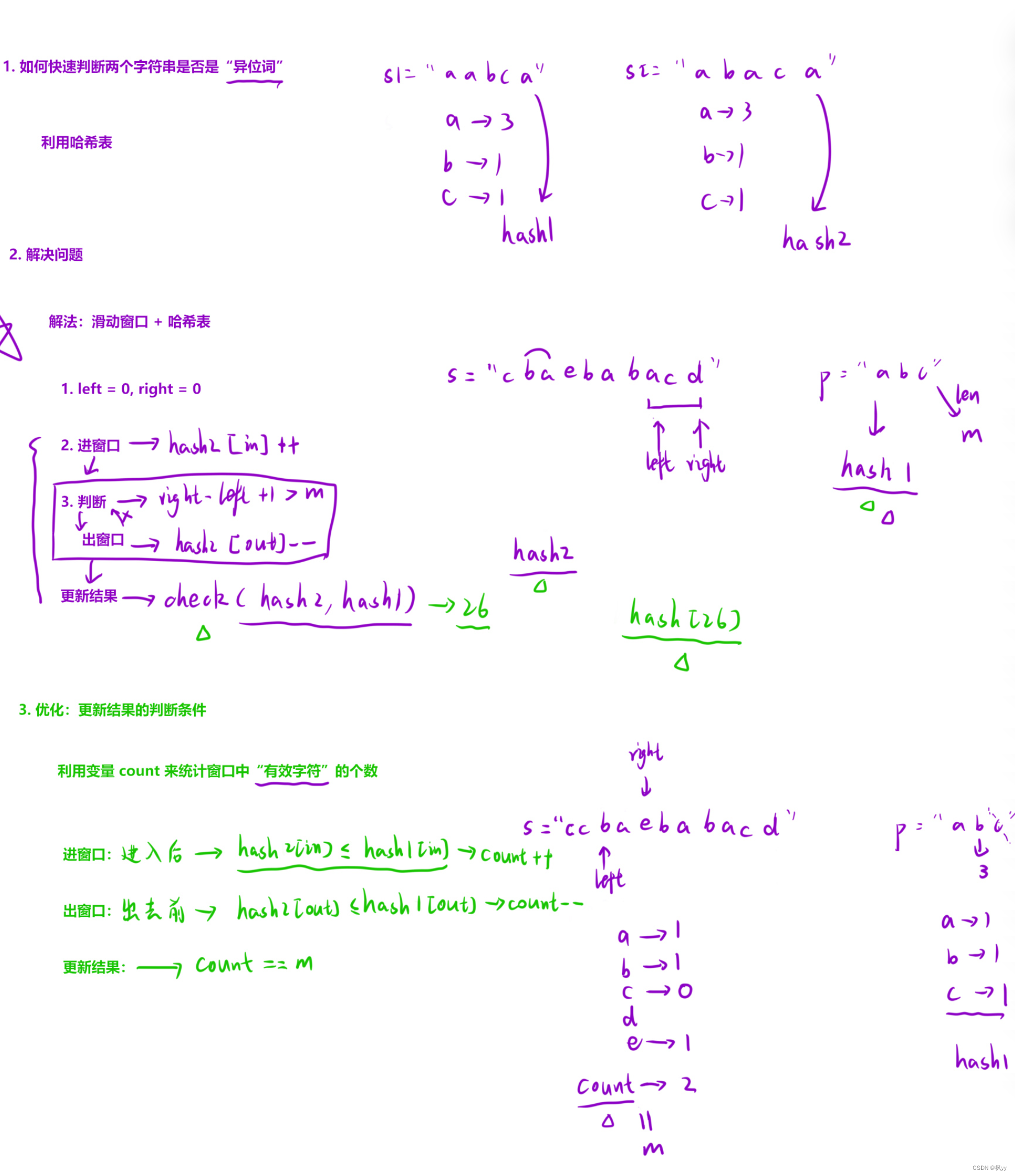1、双向链表的结构

注意:这里的 "带头" 跟前面我们说的 "头结点" 是两个概念,实际前面的在单链表阶段称呼不严谨,但是为了同学们更好的理解就直接称为单链表的头结点。
带头链表里的头结点,实际为 "哨兵位" ,哨兵位节点不存储任何有效元素,只是站在这里 "放哨的"。
"哨兵位" 存在的意义:
遍历循环链表避免死循环。
注意:双向链表中,哨兵位的下一个节点是链表的第一个节点(头结点)。哨兵位的前一个节点是链表的最后一个节点(尾结点)。所以双向链表的头插是在哨兵位的后面插入数据。尾插则是在哨兵位之前插入数据。
哨兵位是作为头结点和尾结点的中点,是头结点的起点也是尾节点的终点。这样解释更容易理解。
2、 双向链表的实现
List.h 链表函数和链表节点类型的声明:
#pragma once
#include <stdio.h>
#include <stdlib.h>
#include <assert.h>
typedef int SLDataType;
typedef struct ListNode
{
SLDataType data;//存储数据
struct ListNode* prve;//存储前一个节点的地址
struct ListNode* next;//存储下一个节点的地址
}SList;
SList* SLInit();
void SLPushBack(SList* phead, SLDataType x);//尾插
void SLPrint(SList* phead);//显示链表数据
void SLPustFront(SList* phead, SLDataType x);//头插
void SLPopBack(SList* phead);//尾删
void SLPopFront(SList* phead);//头删
void SLInsert(SList* pos, SLDataType x);//指定位置插入
SList* SLfind(SList* phead, SLDataType x);//查找节点
void SLEarse(SList* pos);//指定位置删除
void SLDestory(SList** pphead);//链表销毁List.c 链表函数的实现:
#include "List.h"
//链表初始化
SList* SLInit()
{
SList* phead = (SList*)malloc(sizeof(SList));
if (phead == NULL)
{
perror("malloc error");
return NULL;
}
phead->data = -1;
//因为是循环链表,所以初始化要遵循循环格式
phead->next = phead;
phead->prve = phead;
return phead;
}
//创建链表节点
SList* ListBuyNode(SLDataType x)
{
SList* retNode = (SList*)malloc(sizeof(SList));
if (retNode == NULL)
{
perror("malloc error");
return NULL;
}
retNode->data = x;
retNode->prve = retNode;
retNode->next = retNode;
return retNode;
}
//链表尾插
void SLPushBack(SList* phead, SLDataType x)
{
assert(phead);
SList* Node = ListBuyNode(x);
Node->prve = phead->prve;
Node->next = phead;
phead->prve->next = Node;
phead->prve = Node;
}
//链表数据显示
void SLPrint(SList* phead)
{
assert(phead);
SList* pcur = phead->next;
while (pcur != phead)//哨兵位作为结束标识
{
printf("%d", pcur->data);
if (pcur->next != phead)
printf("->");
pcur = pcur->next;
}
printf("\n");
}
//链表头插
void SLPustFront(SList* phead, SLDataType x)
{
assert(phead);
SList* Node = ListBuyNode(x);
Node->next = phead->next;
Node->prve = phead;
phead->next->prve = Node;
phead->next = Node;
}
//链表尾删
void SLPopBack(SList* phead)
{
assert(phead);
assert(phead->next != phead);
SList* del = phead->prve;
del->prve->next = phead;
phead->prve = del->prve;
free(del);
del = NULL;
}
//链表头删
void SLPopFront(SList* phead)
{
assert(phead);
assert(phead->next != phead);
SList* del = phead->next;
del->next->prve = phead;
phead->next = del->next;
free(del);
del = NULL;
}
//指定位置插入
void SLInsert(SList* pos, SLDataType x)
{
assert(pos);
SList* Node = ListBuyNode(x);
Node->next = pos->next;
Node->prve = pos;
pos->next = Node;
Node->next->prve = Node;
}
//查找节点
SList* SLfind(SList* phead, SLDataType x)
{
assert(phead);
SList* pcur = phead->next;
while (pcur != phead)
{
if (pcur->data == x)
{
return pcur;
}
pcur = pcur->next;
}
return NULL;
}
//指定位置删除
void SLEarse(SList* pos)
{
assert(pos);
pos->prve->next = pos->next;
pos->next->prve = pos->prve;
free(pos);
pos = NULL;
}
//链表销毁
void SLDestory(SList** pphead)
{
assert(pphead && *pphead);
SList* pcur = (*pphead)->next;
while (pcur != *pphead)
{
SList* next = pcur->next;
free(pcur);
pcur = next;
}
free(*pphead);
*pphead = NULL;
}test.c 函数的调用:
#include "List.h"
void SLtest()
{
SList* plist = NULL;
plist = SLInit();
//尾插
SLPushBack(plist, 1);
SLPushBack(plist, 2);
SLPushBack(plist, 3);
SLPushBack(plist, 4);
SLPrint(plist);//打印:1->2->3->4
//头插
SLPustFront(plist, 5);
SLPustFront(plist, 6);
SLPustFront(plist, 7);
SLPrint(plist);//打印:7->6->5->1->2->3->4
//尾删
SLPopBack(plist);
SLPrint(plist);//打印:7->6->5->1->2->3
//头删
SLPopFront(plist);
SLPrint(plist);//打印:6->5->1->2->3
//指定位置插入
SList* find = SLfind(plist, 5);
SLInsert(find, 11);
SLPrint(plist);//打印:6->5->11->1->2->3
//指定位置删除
find = SLfind(plist, 1);
SLEarse(find);
SLPrint(plist);//打印:6->5->11->2->3
//链表销毁
SLDestory(&plist);
}
int main()
{
SLtest();
return 0;
}3、顺序表和双向链表的优缺点分析
| 不同点 | 顺序表 | 链表 |
| 存储空间上 | 物理上一定连续 | 逻辑上连续,但物理上不一定连续 |
| 随机访问 | 支持O(1) | 不支持O(N) |
| 任意位置插入或者删除元素 | 可能需要搬移元素,效率低O(N) | 只需要修改指针指向 |
| 插入 | 动态顺序表,空间不够时需要扩容 | 没有容量的概念 |
| 应用场景 | 元素高效存储+频繁访问 | 任意位置插入和删除频繁 |
数据结构第3篇笔记到这里也就结束了,我们下一篇笔记再见-




















